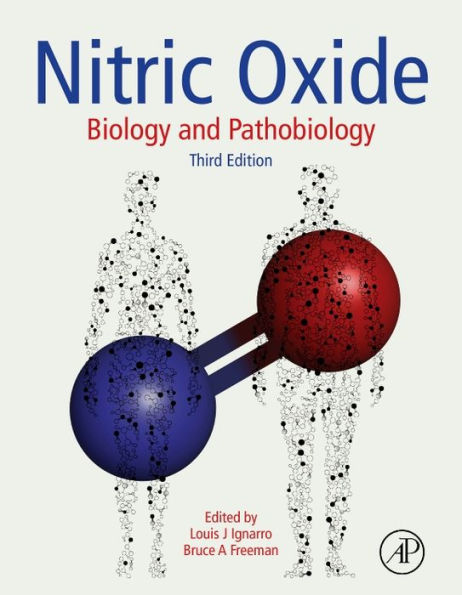5
1
9780123738660



Nitric Oxide: Biology and Pathobiology / Edition 2 available in Hardcover, eBook

Nitric Oxide: Biology and Pathobiology / Edition 2
- ISBN-10:
- 0123738660
- ISBN-13:
- 9780123738660
- Pub. Date:
- 11/17/2009
- Publisher:
- Elsevier Science
- ISBN-10:
- 0123738660
- ISBN-13:
- 9780123738660
- Pub. Date:
- 11/17/2009
- Publisher:
- Elsevier Science

Nitric Oxide: Biology and Pathobiology / Edition 2
$240.0
240.0
In Stock

Product Details
| ISBN-13: | 9780123738660 |
|---|---|
| Publisher: | Elsevier Science |
| Publication date: | 11/17/2009 |
| Edition description: | 2nd ed. |
| Pages: | 845 |
| Product dimensions: | 8.50(w) x 11.00(h) x 1.50(d) |
About the Author
What People are Saying About This
From the B&N Reads Blog
